Daffodil & Narcissi Bulbs
"As spring-centric as flowers come! Daffodils are beloved for heralding the arrival of spring, bursting into bloom to signal the new season has well and truly arrived. And that’s why we’ve selected these bulbs - they’re incredibly easy to grow, bring joyful colour year after year, and are brilliant for pollinators just waking up from winter. Whether you want bold golden trumpets, delicate clusters, or fragrant varieties, these spring gems thrive in borders, containers, or naturalised drifts. Simply plant in autumn and look forward to a stunning display before long!"
Peter McDermott, Head Gardener

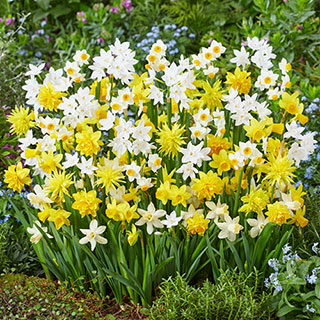
OFF


OFF
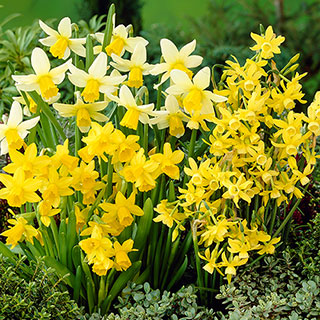
OFF
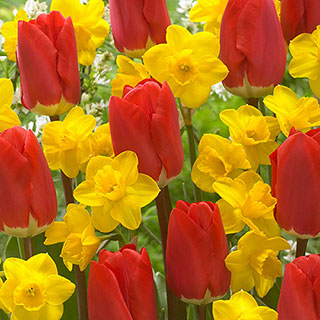
OFF


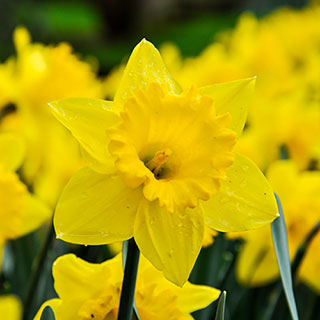
OFF
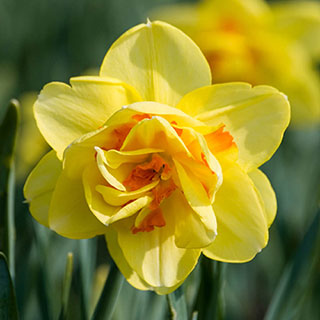
OFF
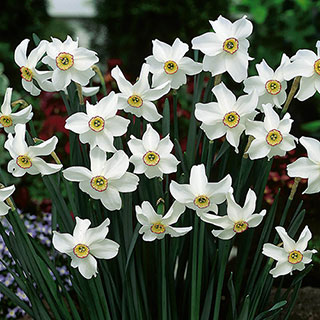

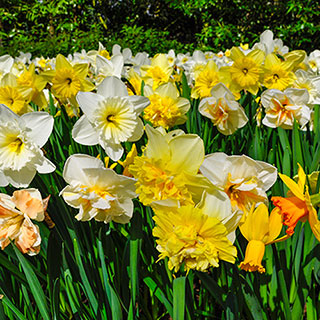
OFF


OFF
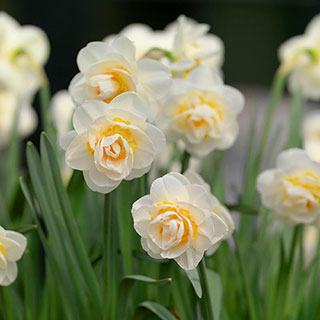

OFF
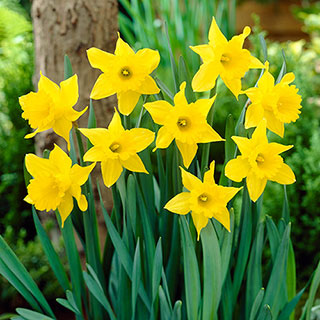

OFF


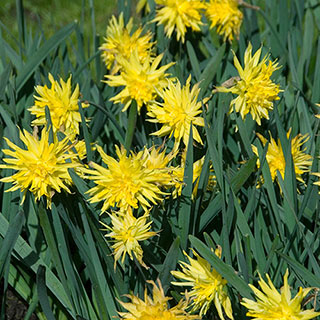

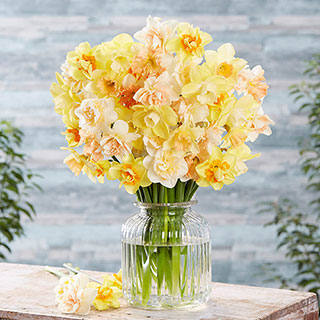

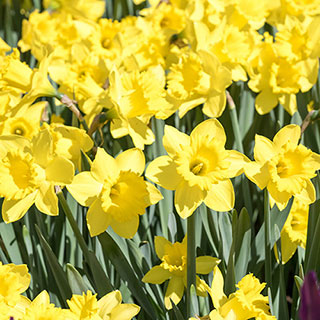

OFF
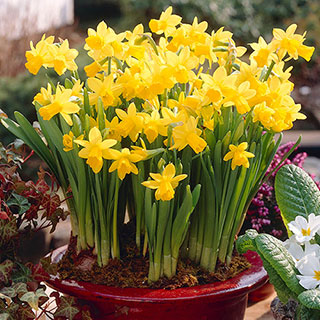

OFF
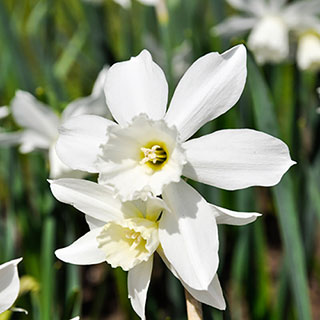

OFF
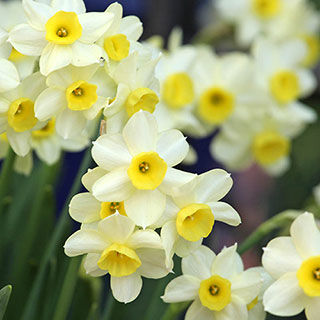

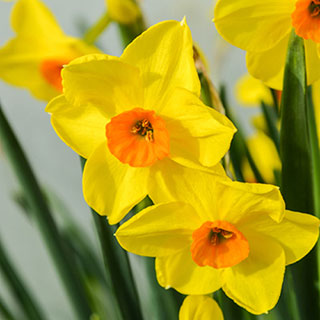

OFF
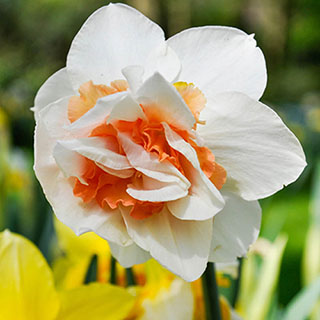
"As spring-centric as flowers come! Daffodils are beloved for heralding the arrival of spring, bursting into bloom to signal the new season has well and truly arrived. And that’s why we’ve selected these bulbs - they’re incredibly easy to grow, bring joyful colour year after year, and are brilliant for pollinators just waking up from winter. Whether you want bold golden trumpets, delicate clusters, or fragrant varieties, these spring gems thrive in borders, containers, or naturalised drifts. Simply plant in autumn and look forward to a stunning display before long!"
Peter McDermott, Head Gardener
When it comes to heralding the arrival of spring, daffodil bulbs, also known as narcissi, take centre stage with their vibrant trupet shaped flowers and enchanting fragrance. These cheerful flowers not only add a pop of colour to your garden but also offer numerous benefits that make them a favourite among gardeners.
Why grow Daffodil Bulbs?
Daffodils are early bloomers, often emerging as soon as winter starts to loosen its grip. Their bright yellow, white, and orange hues are a welcome sight after the dreary days of winter, symbolizing the promise of warmer days ahead. By planting daffodil bulbs, you can enjoy an early burst of colour in your garden and lift your spirits after the long winter months.
Daffodils are also known for their resilience and ability to thrive with minimal care. Once established, they require low maintenance, making them a perfect choice for busy gardeners. Daffodil bulbs are generally resistant to pests, diseases, and deer, allowing them to flourish with minimal intervention.
Daffodil bulbs have the remarkable ability to multiply and naturalise over time. As the bulbs mature and develop offsets, they will produce more flowers each year, creating larger and more impressive displays. By planting daffodils, you're making an investment in a long-term garden feature that will continue to delight for years to come.
Planting Daffodil Bulbs:
Daffodil bulbs are typically planted in the autumn, before the ground freezes, to allow them time to establish their root systems. Aim for a planting time in September or October, but don't worry if you miss the window – daffodils are forgiving and can still be planted as long as the ground is workable.
When selecting daffodil bulbs, choose firm and plump bulbs that are free from soft spots or signs of rot. Look for bulbs that feel heavy for their size, as this indicates they are packed with energy for robust growth and blooming.
Dig a hole that is two to three times the height of the bulb and place the bulb with the pointed end facing upwards. Space the bulbs 4 to 6 inches apart, allowing enough room for them to grow and multiply. If planting in clusters or drifts, you can place bulbs closer together for a more natural effect.
Daffodils thrive in well-draining soil that is mixed with a little compost, and prefer full sun to partial shade. Choose a location in your garden that receives at least six hours of direct sunlight per day. If the soil is heavy or prone to waterlogging, consider amending it with organic matter or planting the bulbs in raised beds or containers for better drainage.
After planting, water thoroughly to settle the soil around them. Once established, daffodils require little watering, as they are drought-tolerant. However, if there is a prolonged dry spell, providing supplemental water can help promote healthy growth and blooming.
Once your daffodils start blooming in early spring, take the time to appreciate their beauty and fragrance. Consider cutting a few blooms to bring indoors, creating cheerful flower arrangements that brighten up your home.

